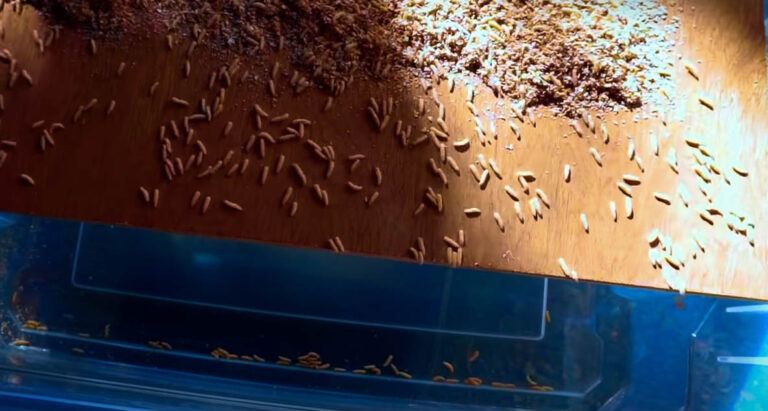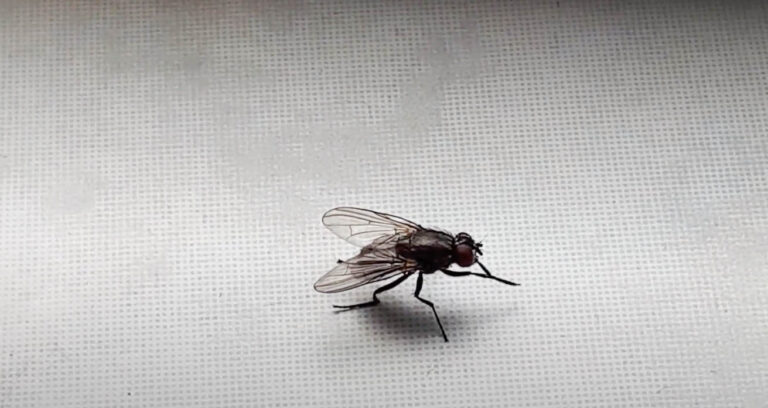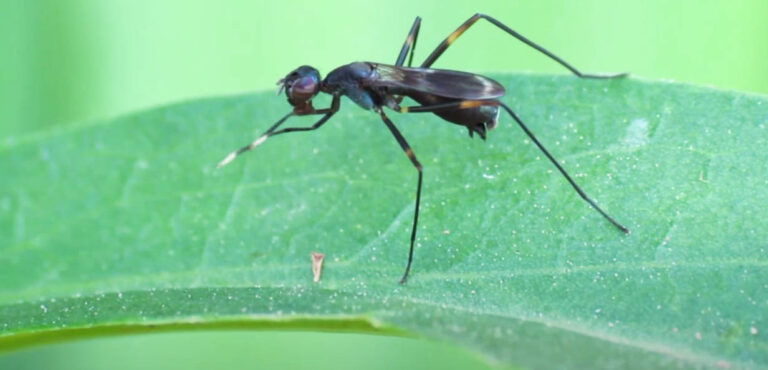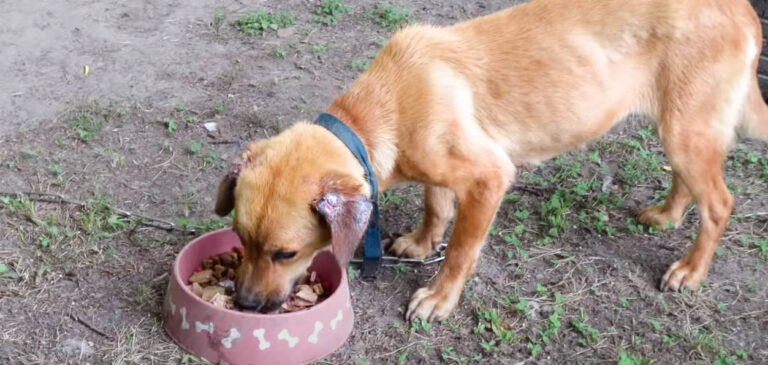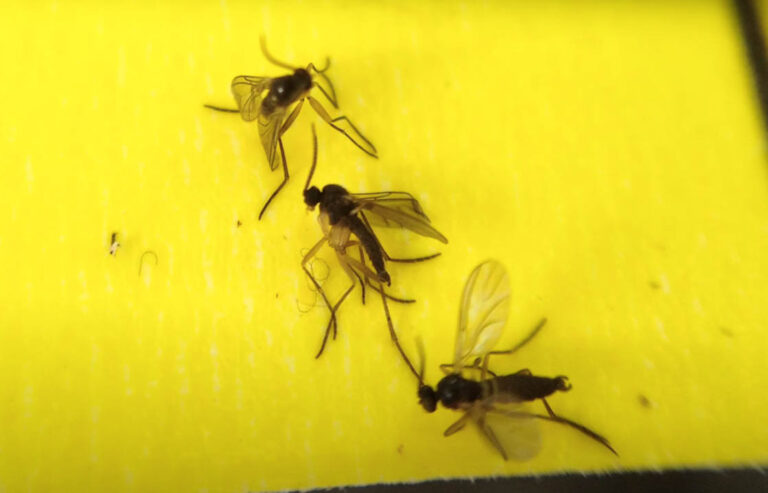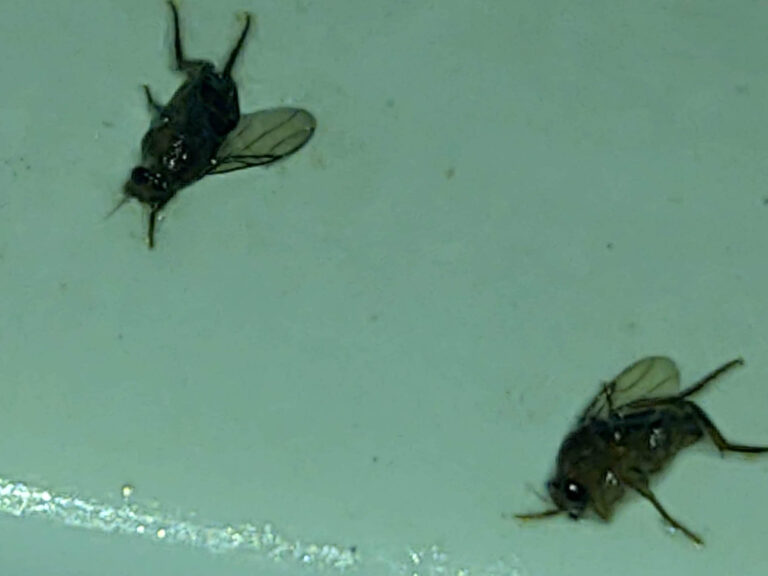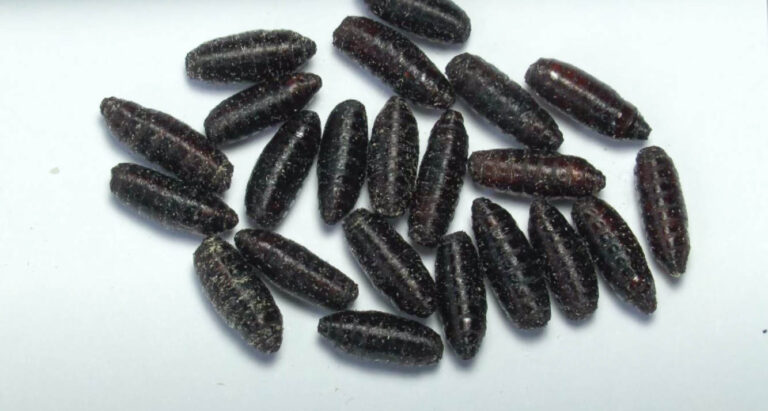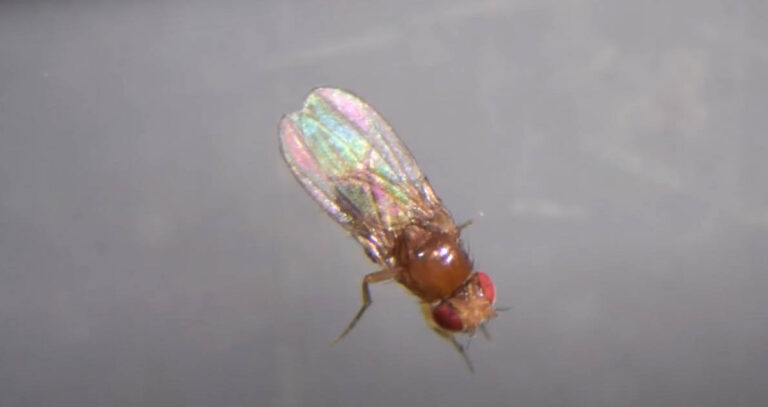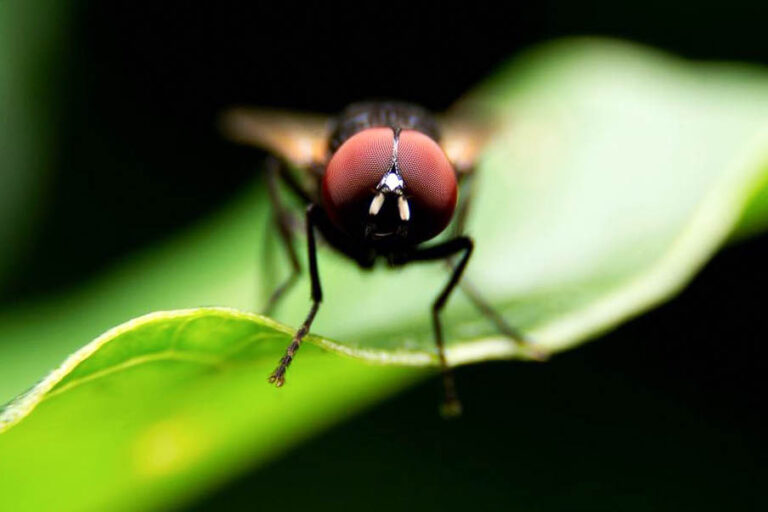What is a fly’s life cycle?
What is a fly's life cycle?
If you have noticed flies around your home or property at a particular time of the year, and you keep swatting them but you still have just as many, you may be wondering what the fly’s life cycle is so you know how to best handle a swarm of them. Flies are annoying as they travel inside your house, try to land on you while you are sleeping, or land on your food as soon as you set it on the table. They swarm in the bathroom where odors tend to be stronger as well. If you have livestock on your property, flies gather around them and become a nuisance when the weather is hot. They tend to always be around no matter how many you swat and kill.
Male Fly
The male fly will chase the female fly down in order to reproduce. She will then lay her eggs when it’s time. The male fly and female fly will not stick together after mating.
Female Fly
A female fly can lay around 900 eggs in her lifetime. The female will leave the eggs in protected spaces such as corners or crevices of decaying matter they will eat on when they hatch and where it cannot be discovered easily. Once the female lays the eggs, she will not stay with them and care for them so she leaves them where she knows they have a higher chance of survival.
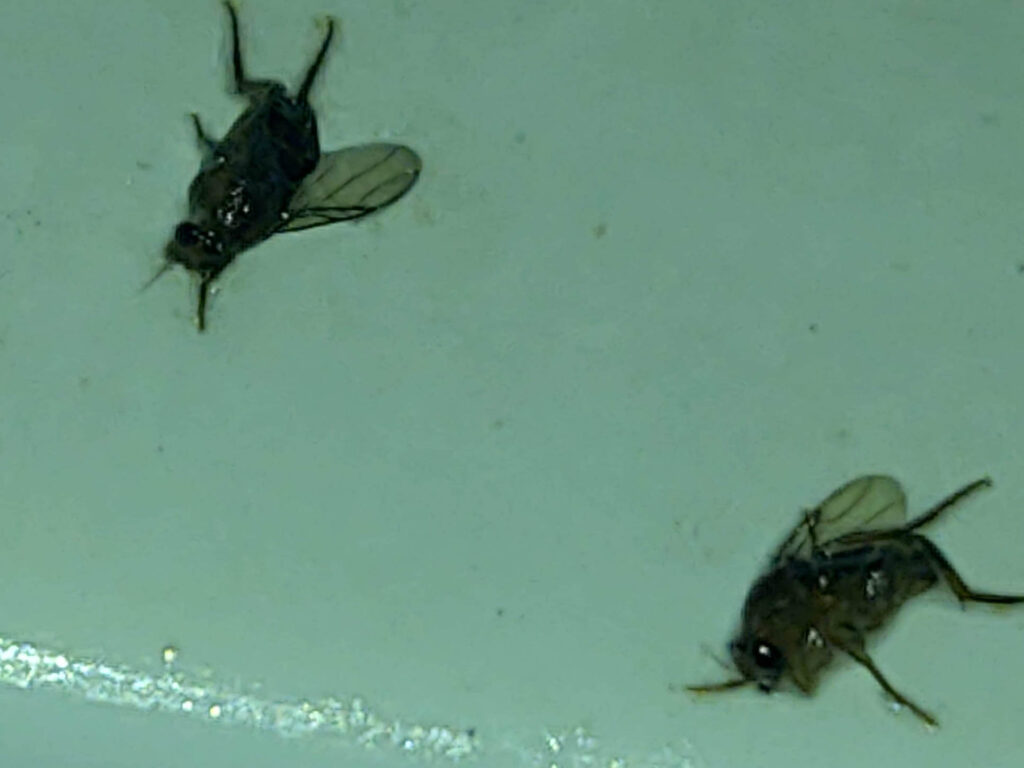
The Life Cycle of a Fly
The life cycle of a fly is:
Egg–> Larvae stage 1 –> Larvae stage 2 –> Larvae stage 3 –> Pupa stage –> Adult Fly The first day that the egg hatches, it will be larvae, also called maggots. These maggots have a worm-like body but have no sections. The mouths are shaped to make feeding easier. Because the maggots grow in less than two days, they will then molt. Molting is a normal process for a maggot. During this process, they will molt three different times. During this time, they will shed their exoskeleton and develop a new one.
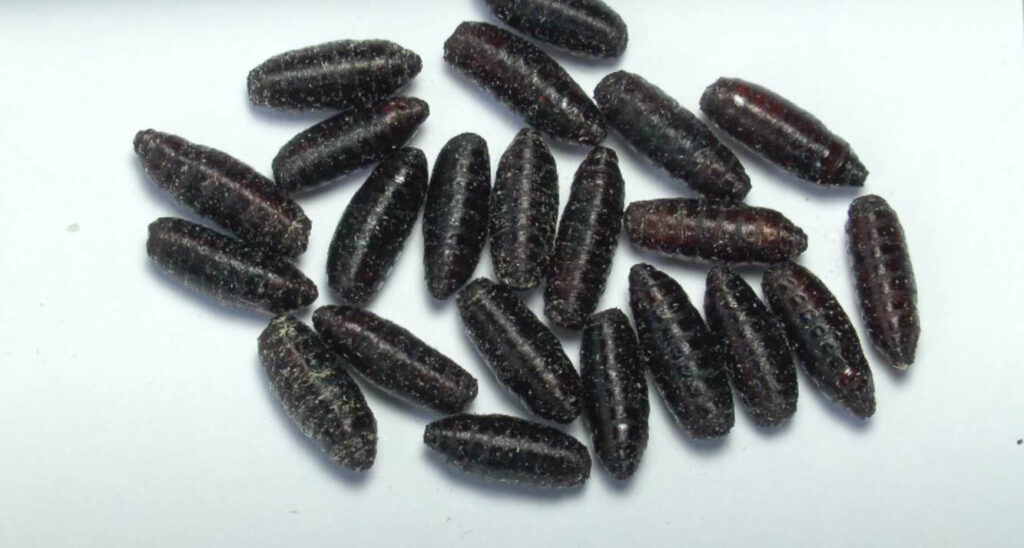
The second molting will occur depending on how fast they are able to eat and grow. Once they are large enough, they will grow out of their body and into another. The third molting will occur when they have outgrown the second molting and are now large enough to grow into the next life cycle. While in the third molting, they will burrow down into a substance that they have been eating on. During this time, their skin will turn a dark color and harden as they develop into the third stage, the pupa stage. Once inside the pupa stage, the body will then develop into an adult fly that will emerge through the area that it originally burrowed down into as a larva. At first, the body of the fly will have a bump on the head that is used to get out of the shell it burrowed down in. Once the fly is out of the burrow, the bump will then deflate because it is no longer being used.
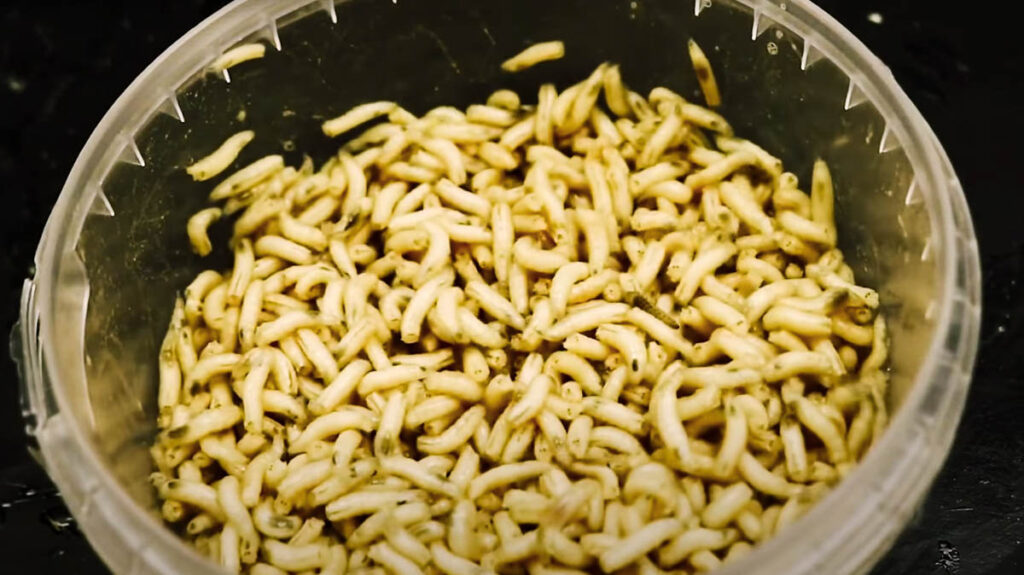
The fly’s life will be complete within three months, however they don’t always make it that long, in fact the average lifespan for a fly is around twenty-one days. They breed fast and this is how the population carries on. Even though you are able to end a fly’s life with a fly swatter, chances are it has already reproduced or helped populate the area before you killed it and the larvae is in one of the stages above waiting for its turn to emerge.

